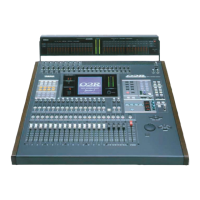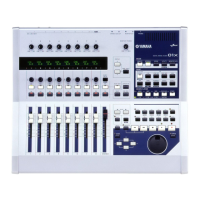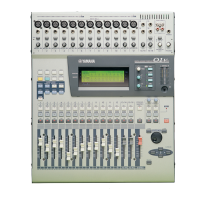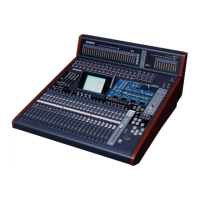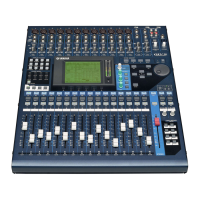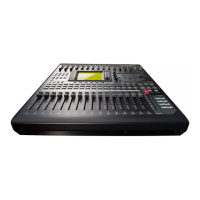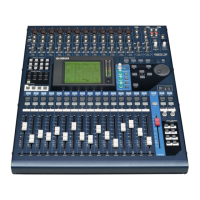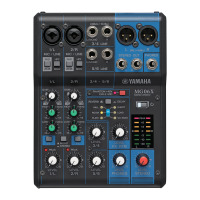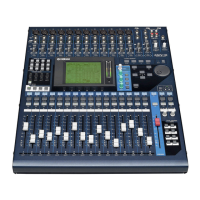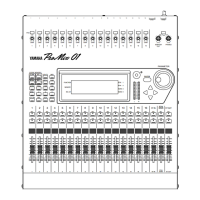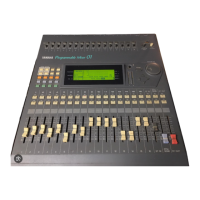Key Feature Discussion
7
03D—Owner’s Manual
Scene Memories
On many mixers, the only way to store mix settings is with marker pen and masking
tape. With the 03D, however, virtually every mix setting can be stored as a mix scene in
one of the 03D’s 50 scene memories. Mix scenes can be recalled instantly with just one
button press, or MIDI Program Change command. Mix scenes can also be recalled as
part of a dynamic automix, providing “total automation”. If you work on several
projects at a time, you can store the current mix scene so when you return to that
project, you can start again right where you left off. Scene memories also make light
work of night-after-night sound checks. Simply press recall to return to the previous
night’s mix settings. For theater work, scene memories allow accurate and repeatable
sound changes between scenes.
Automix
The 03D’s Automix function provides dynamic mix automation referenced to an exter-
nal timecode source. The external timecode can be either MTC (MIDI Timecode) or
MIDI Clock. Automix can be used to record and playback fader moves, channel mutes,
EQ changes, pan, and more. In addition, mix scene, EQ, channel, effects, and dynamics
library recalls can be included in an automix, combining snapshot and dynamic auto-
mixing for “total automation”. Events recorded in an automix can be edited off-line.
Fader moves can be edited “on the fly”, or off-line using the Trim function. The Undo
function can be used to revert to the previous automix after making changes that you
do not want to keep.
MIDI
In addition to standard MIDI connectors, the 03D features a TO HOST connector. This
allows the 03D to be connected directly to a personal computer without a MIDI inter-
face. By connecting other MIDI gear to the 03D’s standard MIDI connectors, the 03D
can be used as MIDI interface for an entire MIDI system.
All mix parameters that can be stored in a mix scene can be controlled using MIDI Sys-
tem Exclusive messages. MIDI Program Change messages can be used to recall mix
scenes. Up to 114 03D parameters can be assigned to MIDI Control Change messages
for 03D control from a remote device. Scene memory, library, and automix data can be
dumped to and from other MIDI devices, such as a MIDI data filer for backup and
archive, a controlling computer, or another 03D. See MIDI on page 231 for more infor-
mation.
MMC (MIDI Machine Control) commands can be assigned to the 03D’s four USER
DEFINE buttons for remote machine control (stop, play, rewind, forward, and record).
Using the MIDI Remote function, other MIDI gear can be controlled using the 03D’s
faders, [ON] buttons, and PARAMETER wheel. The 03D comes with MIDI Remote
pages for the following: Yamaha Programmable Mixer 01, 02R, and 03D digital con-
soles; Yamaha ProR3 and REV500 digital reverbs; GM and XG compatible tone gener-
ators; and Pro Tools. Custom pages can be configured for use with other MIDI gear.
